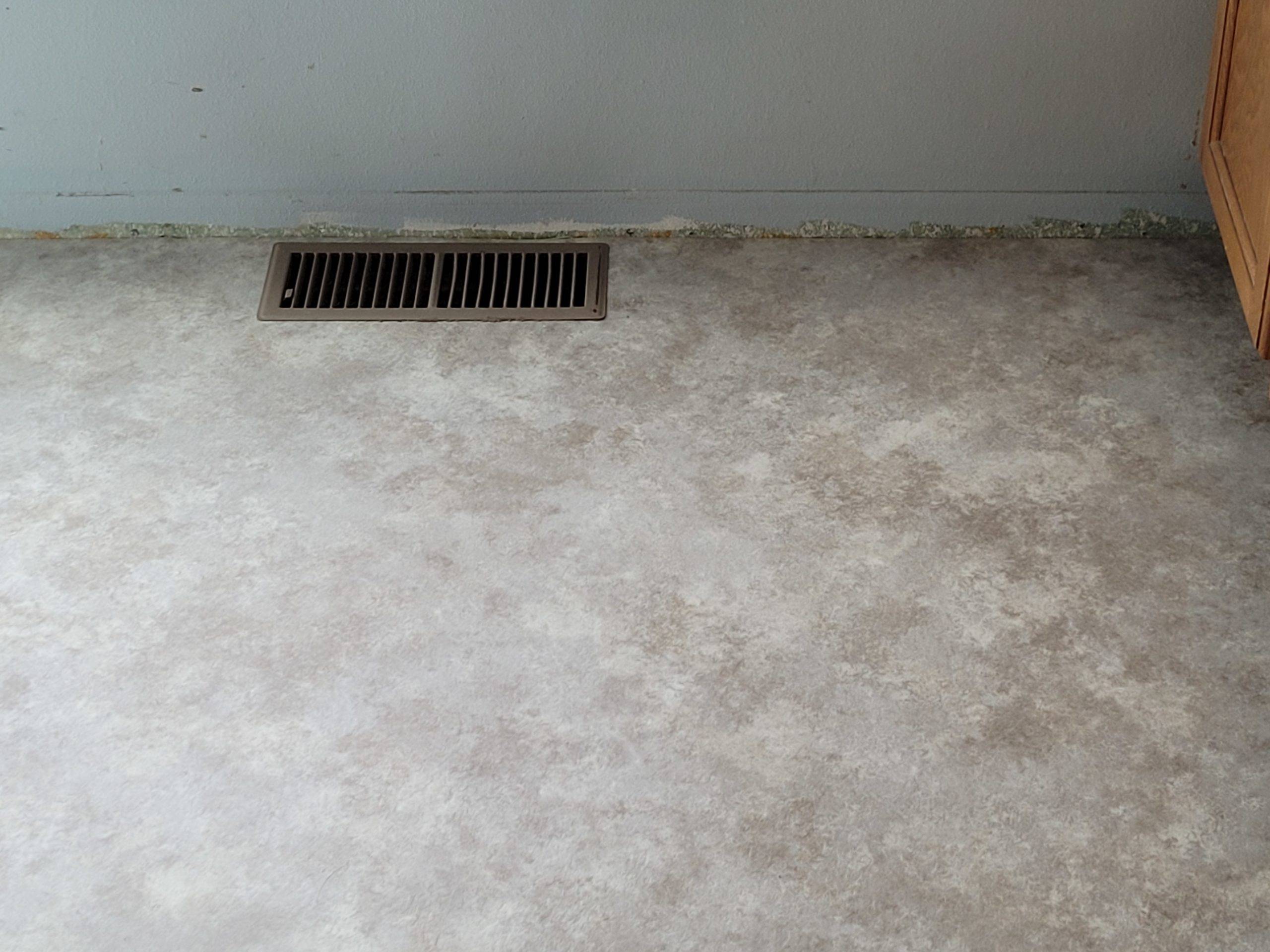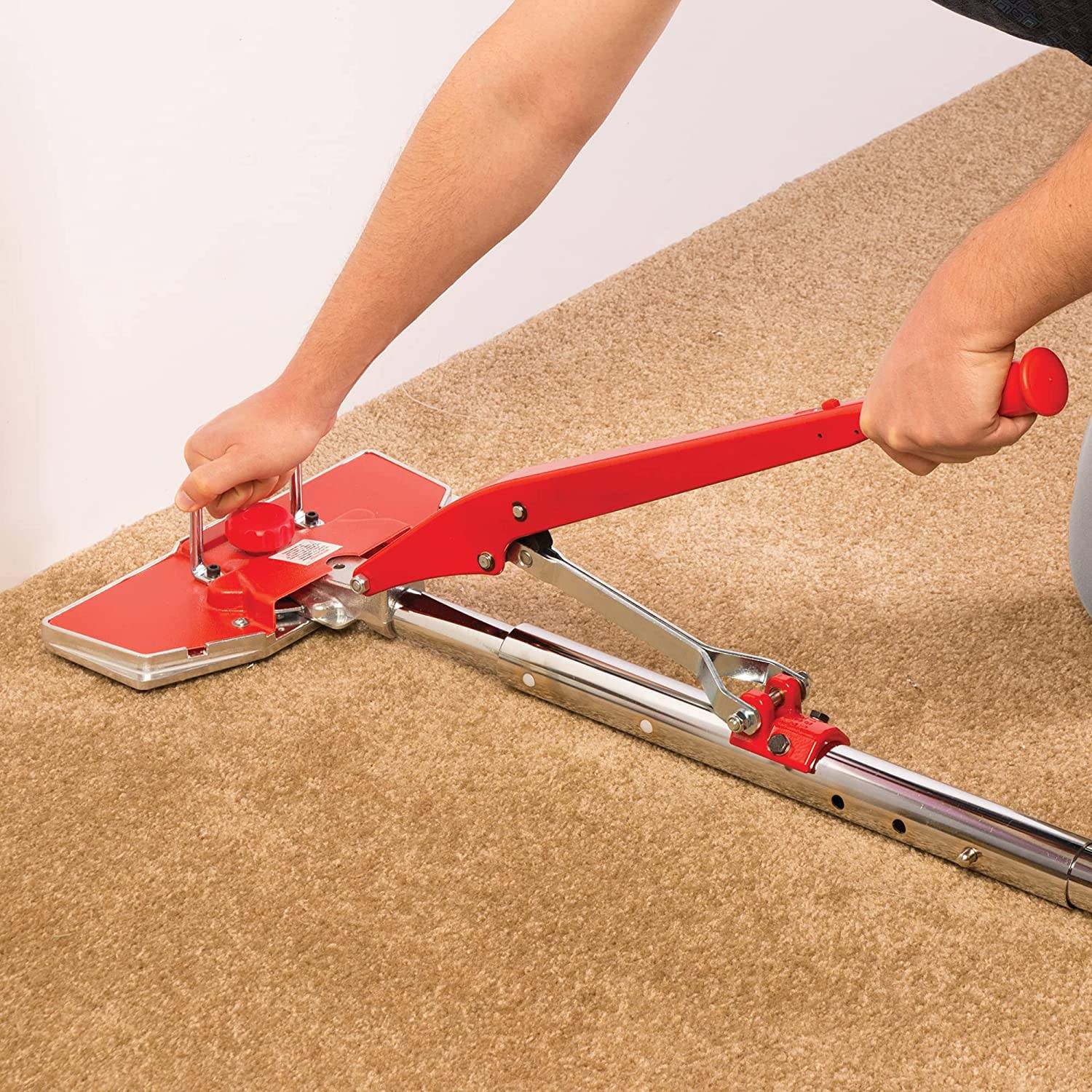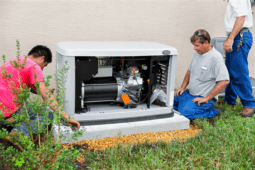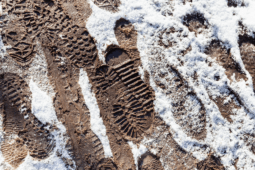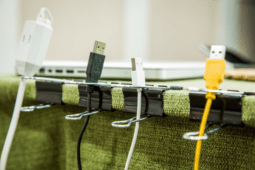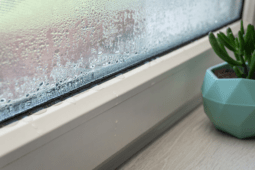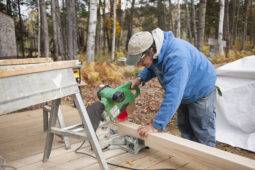How To Fix Carpet Ripples
Even the most expensive carpet can create annoying ripples over time. They’re unsightly, but they can be dangerous as well, especially for elderly folks or with someone who may have balance issues. It doesn’t take much to trip on a rippled carpet when you’re expecting a totally flat surface to walk on.
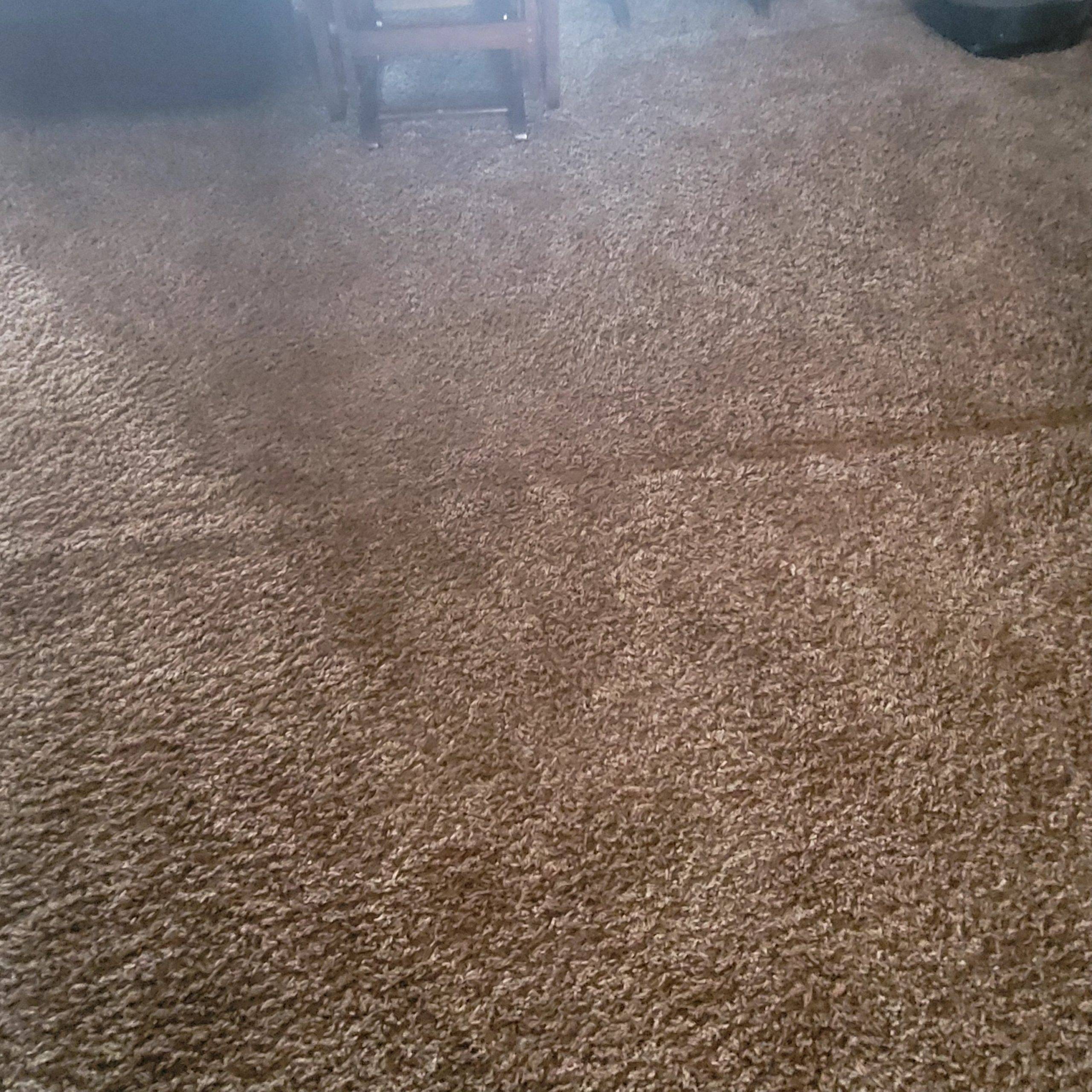
Why Do You Have Carpet Ripples?
There are a few main reasons your carpet may start to ripple. One of the most obvious is that heavy furniture over time can create enough pressure to make a carpet fold up a bit, creating a ripple as well.
Carpet ripples can also arrive through excess wear, they can be a result of a poor installation, or they can come up because of subfloor issues or with uneven edges in the concrete beneath. The best method of preventing ripples in these cases is to install the highest quality pad you can afford underneath any new carpet.
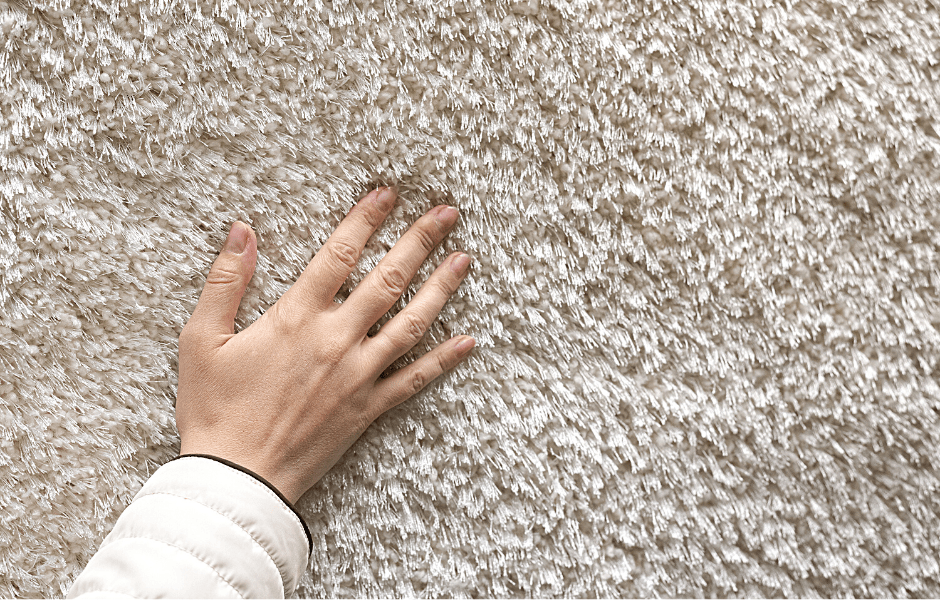
How To Fix Carpet Ripples
Move Heavy Furniture
If you believe your heavy furniture is the cause of your carpet ripples, this is luckily the easiest one to fix. The simplest solution is to move the furniture out of the way for a few days or a few weeks if you have the option and let the carpet “relax” back to its original condition.
If this works, you’ve solved the problem with just a little elbow grease. Furniture movers and slides work well in moving heavy appliances, safes, or large cabinets.
Stretch The Carpet
If your problem is not heavy furniture, then all other solutions involved stretching the carpet. Rental outlets offer a variety of carpet stretching devices.
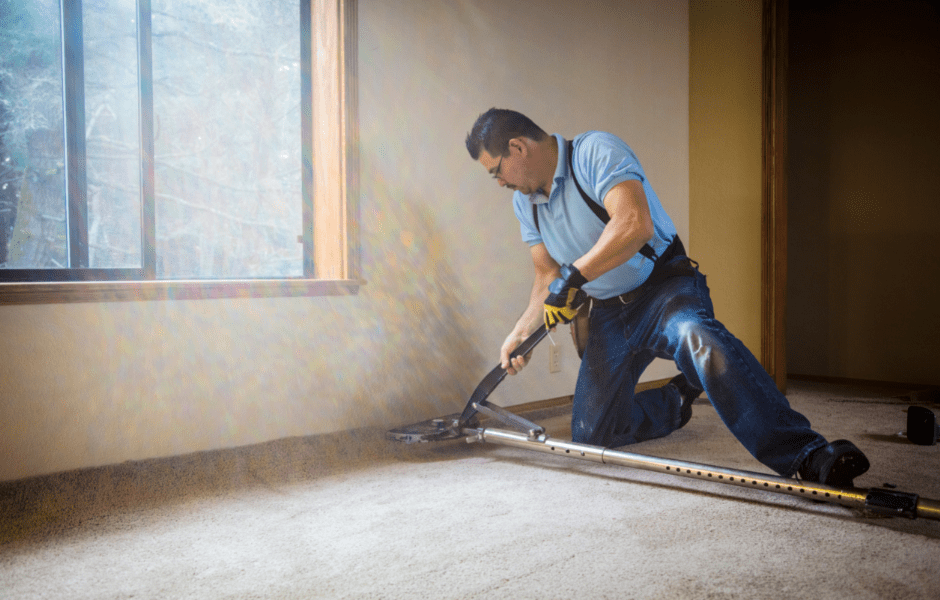
Kneeboard
You can use a kneeboard, which grips the carpet with sharp, angled teeth and allows you to drive your knee into the board and stretch the carpet tight. This is the best method for minor ripples. They are often removed with just a few whacks of your knee and don’t require any further work.
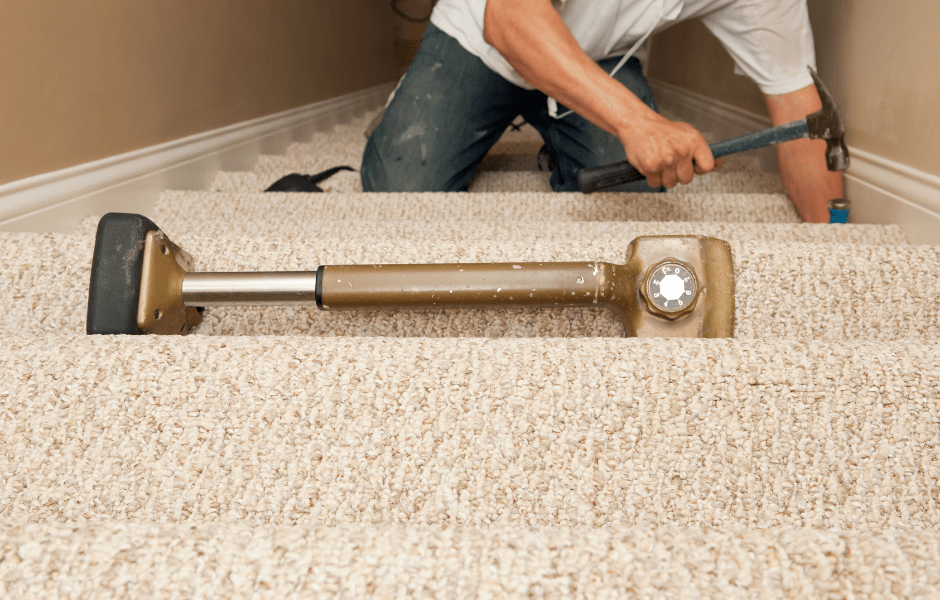
Carpet Jack
If the ripple is substantial, a kneeboard can still remove them, but you’ll have more success with a carpet jack.
This is a telescoping device that can extend from an outside wall to beyond the ripple. They come in sections and can be extended to 40 feet lengths in some models.
When using a carpet jack, you’ll need to pull the trim along the floor on the far side of the ripple away from the opposite wall.
Under the trim, you’ll find the tack strips that hold the carpet in place. Tack strips are thin strips of wood, about an inch wide impregnated with dozens of sharp angled tacks.
Stretch the carpet with the jack, and you’ll create a larger ripple close to the wall with the trim removed.
Using a screwdriver, work the cart loose, then use a stair tool to drive the carpet back tight with the tack strip. A stair tool resembles a wide, dull chisel and works well in seating the carpet.
In extreme cases, you may have to cut a quarter or more of the carpet edge to allow it to stretch.
Using the stair tool is a straightforward process of hitting the took sharply with a hammer and working from one end of the carpet horizontally to the other.
When it’s stretched properly, released the jack, replace the trim, and clean up the area.
Your carpet is tight once again, and you’ve added a few years, plus a lot more safety to the carpet in your home.
